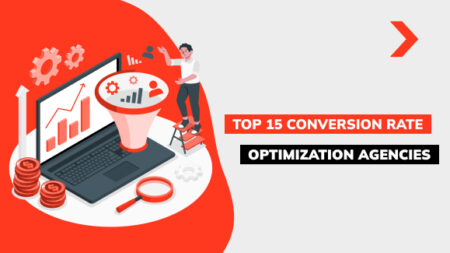What is Ecommerce Analytics?
E-commerce analytics is the process of gathering, analyzing, and interpreting data from an online store to make informed business decisions. E-commerce creates extensive, intricate datasets, particularly those about customer behavior because it operates in an entirely virtual environment.
Setting up enhanced e-commerce in Google Analytics automatically grants every business owner, company, or enterprise access to at least a dozen valuable reports. These reports aid in analyzing visitor behavior on the promoted website and evaluating the effectiveness of the site’s performance. Ecommerce analytics of web resources describes a specific analysis of high-quality, measurable, digital, quantitative data from a particular online platform and competitors’ trading platforms.
To fully leverage e-commerce business, specialists must perform tasks — from reviewing product cards to tracking orders placed and paid for by customers. This is where ecommerce digital marketing come into play, playing a crucial role in ensuring these tasks are executed effectively. Web analytics aims to enhance the specific online experience and achieve set business objectives, such as increasing the number of product or service purchases or attracting a more significant amount of additional solvent organic traffic, which can then be converted into potential customers.
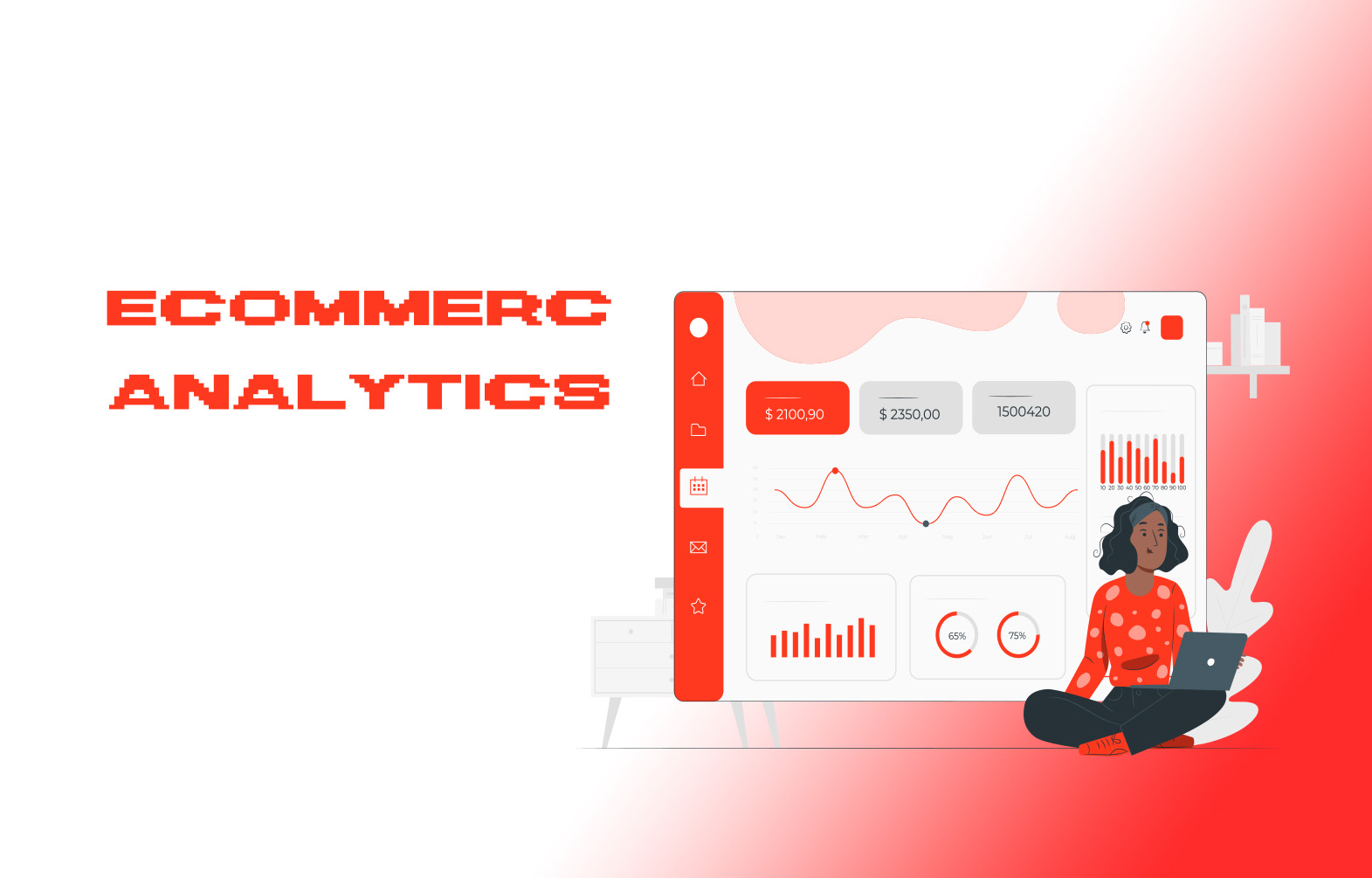
Methods of Ecommerce Analytics
In ecommerce analytics, there are several different methods for gathering information. On the one hand, professionals undertaking analysis must conduct competent marketing campaigns. On the other hand, specialists must consider the goals of the online business and the objects of study. For example, one goal could be increasing website traffic by visitors, improving conversion rates, ranking web resource positions, or maximizing sales volumes of services or products.
Considering various factors, it is possible to establish specific KPIs to track the overall performance of the enterprise, company, or firm. Ultimately, through a skilled marketing campaign, adjustments can be made to improve the performance of the website or its web pages, directions, etc.
1. Audience
By effectively executing a marketing campaign, it’s possible to attract additional audiences. We’re talking about the target audience, which, through online marketing implementation, transforms from visitors into potential customers who can make purchases and place orders. Therefore, with the help of analytics for ecommerce, it’s possible to analyze not only the behavior of current users but also to determine their geographical locations, understand their interests, gather demographic information, identify the browsers or devices (laptops, desktop computers, tablets, smartphones, or other portable gadgets) visitors are using, and so on.
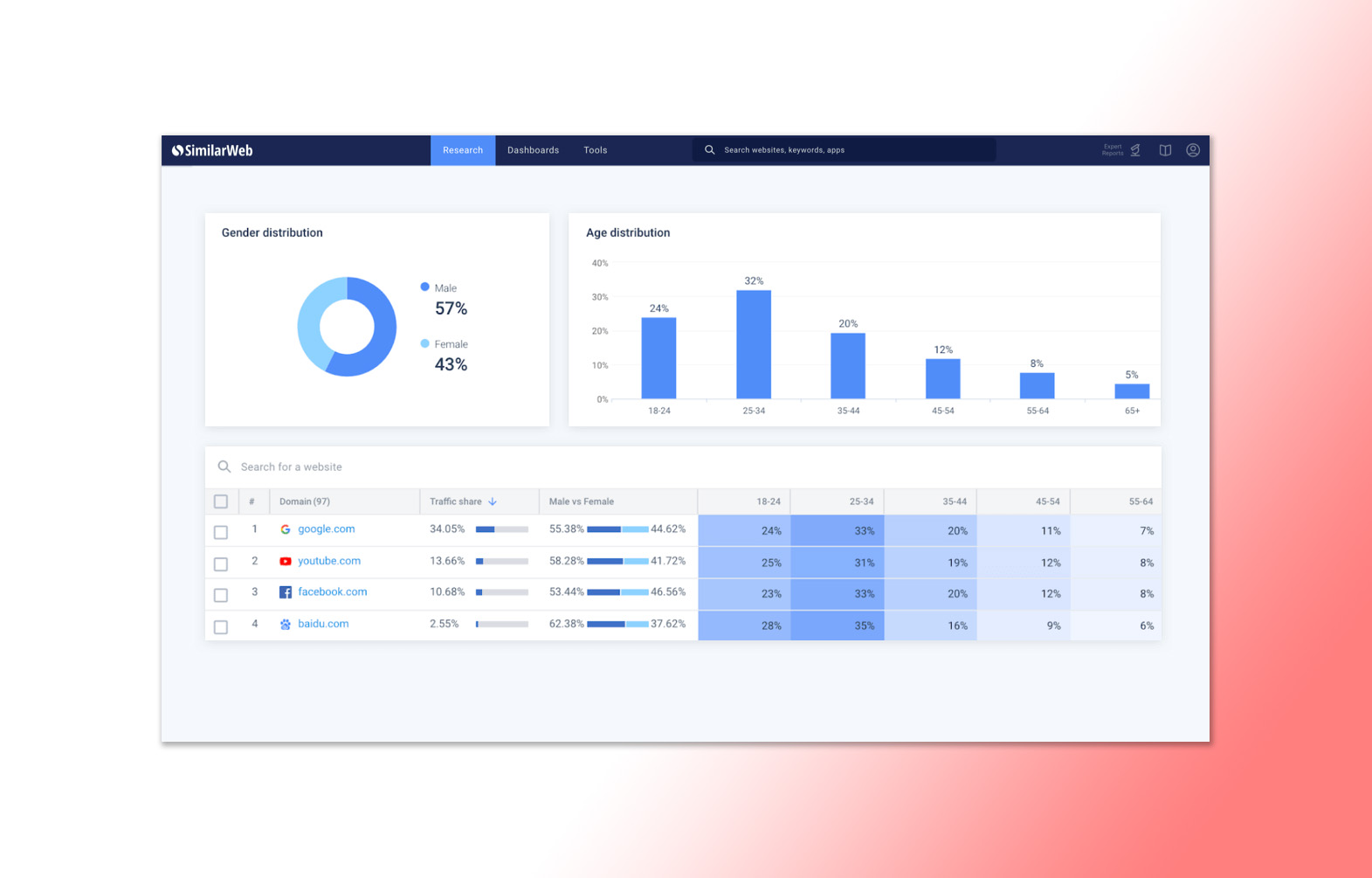
2. Acquisition
It’s known that using current e-commerce-centric analytics tools makes it easy to calculate metrics such as the sale of services or products. Essentially, the leading indicator of e-commerce is increasing sales. Therefore, professionals applying tools for marketing analytics can understand, in practice, which services or products were most popular and sold over what period, how many transactions were made by visitors, and what the average profit per sale could be. Also, these analytics will demonstrate the sales cycle, how much profit increased, what revenue the brand received after website optimization and promotion, what leads were generated, and how many calls were received.
3. Behavior
With ecommerce analytics, it’s possible to learn about the overall behavior of buyers on the web resource subject to promotion and optimization. Analyzing information through analytics will provide an understanding of how much organic traffic has grown, how interested people are in making purchases, and how much activity and the number of additional paying customers have increased. Also, the analysis will reveal the reasons for a decline in activity, how much overall traffic has increased, how often users have started visiting the business website, and how interested they are in purchasing products. For example, customers may have simply read the information and closed the site, started actively navigating through web pages, or placed orders online. It will also show the user journey, click maps, scrolling behavior, etc.
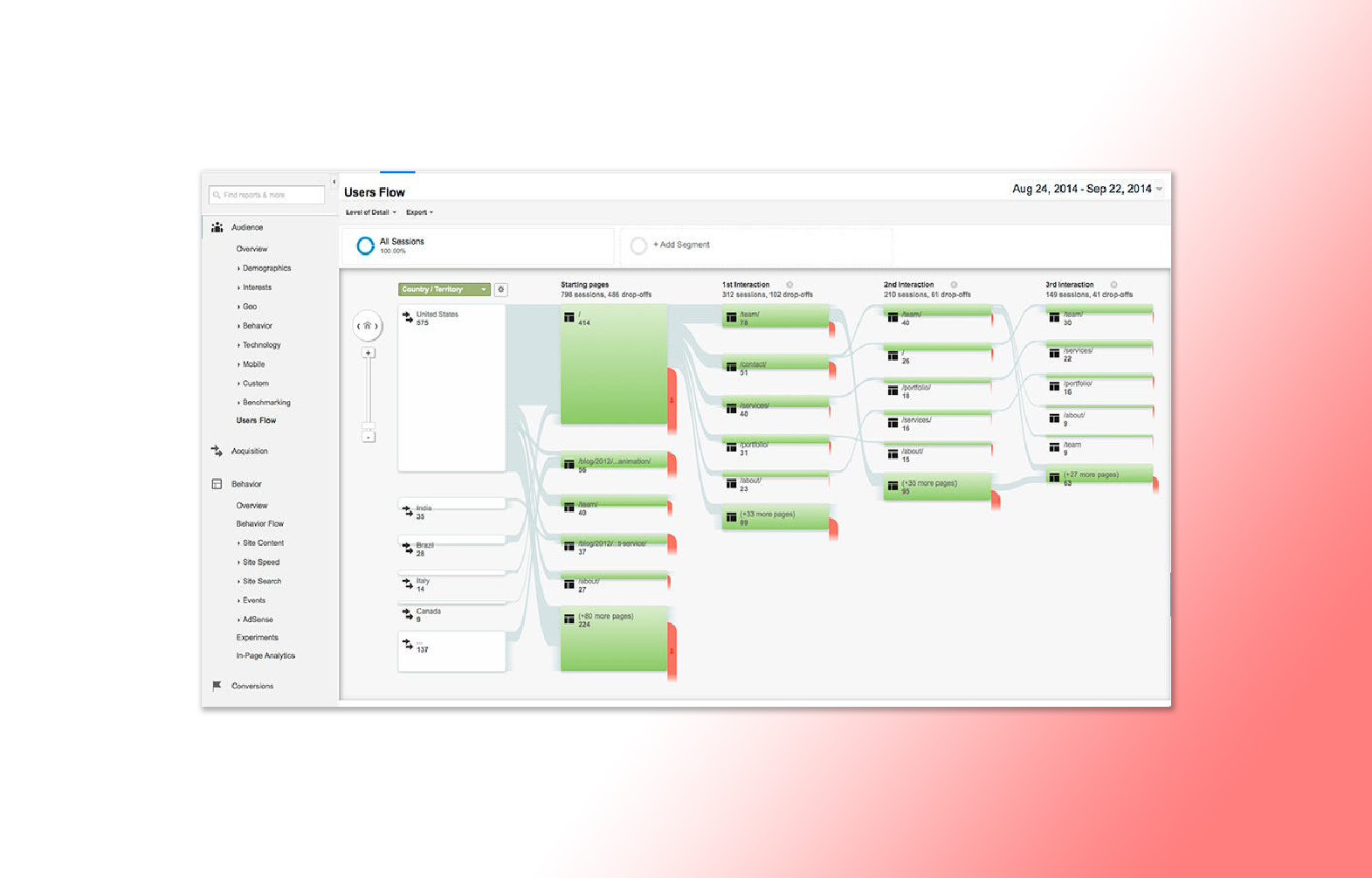
4. Conversions
Only through analytics data can one understand how well a website is growing, flourishing, and developing, as this can be tracked through increased conversions. It’s known that every website, during promotion, needs to prepare a foundation, attract potential audiences, prepare customers for purchases, and draw their attention to the business site. Therefore, conducting the most crucial analytics will demonstrate several important facts, such as how conversion rates have increased during various periods of working on website development and optimization.
Why Do Analytics Matter for Your Ecommerce Store?
Most newcomers with at least one ecommerce platform need to pay more attention to the importance of online data analytics. An online store needs an ecommerce analytical system, or this crucial tool operates incorrectly, inaccurately, or with errors. It deprives the business of tangible, measurable digital prospects. The same applies to situations in practice where audits are performed very rarely. To avoid such a mistake and regularly conduct competent data analytics, it is sufficient to entrust such a task to a professional who can conduct a competent information check and draw sound conclusions.
Without data, you’re just another person with an opinion.
W. Edwards Deming, an American statistician, consultant, and professor.
Benefits of ecommerce analytics
In today’s world, online shopping is smoothly but confidently displacing traditional in-store shopping. However, the benefits of purchasing goods in one or another online store need to be carefully considered in each specific case. Although the World Wide Web connects people worldwide, things are not so simple. From searching for everyday information and specific ideas to organizing events and buying gifts and services, the Internet organically intertwines with every individual’s life.
This means one thing — everyone has unlimited opportunities for shopping through one or another chosen online store — regardless of their location or residence, and so on. Using intended analytics has such advantages as the ability to order home delivery of goods online, find out what specific target audience is interested in, through which channels they find the website, how they behave, and whether customers are satisfied. Data analysis opens up the current opportunity to further understand how to improve the business’s service to attract more traffic, maintain customer communication, engage people in purchasing goods and services, and so on.
| Parameter | Benefits |
|---|---|
| Product ID | Track product performance, identify best-sellers and underperformers |
| Product Category | Analyze category-level performance, optimize product assortment |
| Product Price | Measure revenue, calculate average order value, and analyze pricing strategies |
| Product Brand | Evaluate brand performance, identify top-performing brands |
| User ID | Track customer behavior, identify repeat customers, and personalize marketing efforts |
| Session ID | Analyze user sessions, understand customer journey, and identify drop-off points |
| Transaction ID | Track individual orders, calculate conversion rates, and analyze order value |
| Order Value | Measure overall sales performance, identify high-value customers |
| Shipping Cost | Analyze shipping costs impact on revenue and customer satisfaction |
| Tax Amount | Calculate total revenue and analyze tax implications |
| Coupon Code | Measure the effectiveness of promotional campaigns |
| Payment Method | Analyze payment preferences and identify potential fraud |
| Device Category | Understand user behavior across different devices (desktop, mobile, tablet) |
| Geolocation | Analyze regional performance, identify target markets |
| Time on Site | Measure user engagement and identify areas for improvement |
| Pages per Session | Analyze user behavior and identify potential navigation issues |
| Bounce Rate | Identify pages with high bounce rates and optimize them |

1. Measure the effectiveness of your marketing and sales campaigns
By engaging in ecommerce analytics projects, you can determine the effectiveness of your marketing strategy. Analytics platforms operate in a way that saves human resources and time for professionals involved in website promotion and optimization. This means that professionals still need to periodically measure the effectiveness of their decisions and efforts to understand what else can be improved, modernized, and enhanced. All changes can bring more excellent benefits and prospects to the business website, so it is essential to know all aspects of sales data, including which direction the website metrics are changing — whether conversion rates are increasing, traffic is growing, etc.
2. Evaluate the trends or patterns in data so you can forecast accurately
Today’s reality is so volatile, and events can happen so unexpectedly that accurately predicting future phenomena is impossible without using ecommerce-centric analytics tools. Forecasters must work using Google Analytics, as the service never fails. High-quality methods include, for example, the ability to provide recommendations after evaluating an ecommerce store on which innovative technologies should be applied to help the website thrive faster and become a leader among competitors. By analyzing forecast variance, enterprises and companies can quickly identify patterns and trends that affect their accuracy and, consequently, take tactics that will positively impact online sales metrics.
3. Optimize pricing, up-sell and inventory performance
The use and application of different types of ecommerce analytics during the development of a business project will help achieve the pinnacle of success. Thanks to effective commercial analytics, it is possible to change pricing, optimize costs to match market prices, increase sales volume, and the efficiency of efforts. The essence is that ecommerce sales can only be influenced by an individually developed marketing strategy, which is fully outlined and executed from scratch for one or another type of business. Using e-commerce is necessary to understand which tasks need to be worked on to promote the business website and what is essential to improve, modernize, and enhance it in such a way as to achieve the pinnacle of success and all-set goals.
Types of ecommerce analytics
Different kinds of ecommerce analytics are utilized by various enterprises, firms, organizations, and companies with access to the World Wide Web and their web resources for selling goods and services. Determining the most suitable type of these analytics can only be done by analyzing the specifics of the operation, the industry or business niche, its size, established goals, and principles. For example, some brands simultaneously and successfully utilize e-commerce with banking, providing insurance services alongside financial transfers, selling competent services combined with additional service provision, etc.
1. Customer lifetime value (CLV)
CLV analysis is a practical metric that helps professionals assess the expected revenue a customer will bring to the business over their entire relationship with the brand. This indicator determines how much a company can spend to attract and retain its audience. For example, consider a brand that specializes in developing video content. Analyzing ecommerce data confirmed that the average customer remains a subscriber for one year and brings in a certain amount of money over 12 months. Considering this customer data, professionals can decide about marketing budgets and retention strategies, knowing how much money the business can allocate to customer acquisition.
2. Returning visitors
Measuring a website’s audience is essential for constructing a comprehensive business analytics estimate. By studying customer data, the number of site visitors, and new indicators related to user engagement in purchases, one can accurately understand how many sales were made and how many people left the site without purchasing. At the same time, conducting a competent audit helps understand how many of these users returned and eventually made purchases. By determining the ratio between new and returning users, one can know whether marketing goals have been achieved and where to focus on acquisition or retention efforts.
3. Pages per visit
Determining the number of visits is also aided by effective ecommerce analytics. It’s important to check this data at least once a week or even once every few days. This metric demonstrates the average number of visitors who visit the business’s website over a specific period. This will provide a particular estimate of how often the audience returns to the promoted website. Essentially, it’s important to focus solely on visit frequency to track how popular and relevant the business’s website is to the target audience.
4. Bounce rate
This metric is also known as the “exit rate.” It refers to the percentage of website users who leave without interaction. This indicator helps understand the number of visitors who simply leave the site from the webpage they entered. During website promotion and optimization, it’s crucial to monitor fluctuations in the bounce rate to ensure that the website is within industry norms. If the bounce rate is too high, the audience expects something different. If a technical error occurs, fixing it as soon as possible is essential, as this will lower the bounce rate (which is a crucial factor).

Analytics for customer acquisition efficiency
Currently, marketers employ a variety of metrics to assess the effectiveness of marketing campaigns. Conventionally, ecommerce analytics regarding audience acquisition efficiency can be categorized into several groups – indicators related to communication effectiveness, economic and financial parameters for attracting potential customers, and indicators of the quality of strategy and attracted traffic. Analyzing all these metrics will benefit the business, as the brand will be able to understand which aspects need improvement in the overall quality of marketing communications.
1. Conversion rate
Conversion rate refers to the percentage of visitors who complete specific actions on a website. This could include purchasing, filling out a form, completing a registration process, or subscribing. Understanding conversion metrics makes it possible to assess how effectively and comfortably the path from advertising, announcements, or display information to the necessary business action has been formed for the audience. It also helps determine how much organic traffic comes to the online platform due to optimization and promotion efforts. This ecommerce analytics metric is crucial for planning audience engagement at each stage of website promotion.
2. Page load time
Quality e-commerce analytics helps understand how well a business website loads, which specialists in promotion handle. Ideally, a web page should load within a few seconds, with the optimal time being 2-3 seconds, although professionals aim to reduce this to 0.1 seconds. Internet connection and speed also play a significant role here, as the speed can vary significantly among users worldwide. Therefore, it’s essential to work on ensuring that web pages load within 5-10 seconds and ideally within 2-3 seconds.
3. Customer acquisition cost (CAC)
Attracting an additional audience requires multiple contacts (communications) with visitors across different channels and with various advertising messages. This involves promotion through the sales funnel. In such situations, one of the parameters in ecommerce analytics that concerns the cost of acquiring one target customer becomes the most practical. The CAC can be obtained by dividing the total expenses on optimization and promotion by the number of new target customers acquired due to the marketing and advertising strategy.
Ecommerce Analytics Best Practices
Practical data analysis is entirely possible when utilizing best practices. To achieve this, it is necessary to identify trends and patterns in business development and create a successful marketing strategy. By using up-to-date tools that help conduct thorough and knowledgeable data audits, you can uncover broad opportunities for brand promotion, facilitate faster achievement of all set goals, and contribute to brand actualization and popularization. Nowadays, enterprises have access to diverse data, so it is crucial to focus on critical metrics.
1. Gather all of your marketing data that is scattered across all platforms and channels
It is crucial to ensure that all marketing data, scattered across various platforms, channels, websites, and resources, is gathered together. On the one hand, you can identify problematic categories and sort them for further analysis. On the other hand, it’s very convenient to review metrics segmented by parameters such as cities, timeframes, most popular URLs, and other audience actions. Conducting an audit can help understand what users focused on when visiting the business website, which products they purchased, and from which web pages they exited.
2. Join the dots between your customers and the numbers
First and foremost, to grasp the whole picture, it’s essential to connect the dots between target customers and their actions in measurable metrics (numbers). To achieve this, understanding the segmentation is crucial (the finer the segmentation, the more precise the analysis). For example, if a user entered the web resource at a specific time for a purchase but did not complete the order, why not? It’s crucial to improve the impression of the resource and maximize its effectiveness. If a customer fails to complete a task, what measures should be taken to prevent this from happening again — that’s what specialists should consider.
3. Adjust data for seasonality and other trends
In analytics, it’s crucial to keep everything under control. Seasonality is one of the main factors when it comes to sales forecasting. Essentially, this refers to recurring patterns that determine precise forecasts of goods or services sales, helping to optimize management and more efficiently plan marketing activities. The most common example of seasonality is the retail industry. For instance, sales of themed products often peak during New Year’s, Black Friday, Valentine’s Day, and other holidays. Therefore, promoting products related to a particular season during these periods is better for increasing profit and attracting more paying customers significantly.
4. Keep a close watch over your site’s shopping behavior flow
One of the relevant tools in ecommerce analytics for tracking purchasing behavior on a brand’s promoted website is the “Click Map.” Monitoring visitor clicks is essential for specialists involved in optimization and promotion, as this tool works even without goals. It helps understand the interests of potential buyers, the objectives pursued by customers, and what other technical improvements need to be made to the website. Additionally, the tool helps analyze customer behavior to understand the site’s effectiveness and whether it addresses the issues of the incoming audience.
5. Track your product categories and individual products over time
Users immediately start taking action When they land on a website’s pages. Using analytics tools helps understand which product categories are more popular, which relevant keywords better impact target customers, and what information prompts a person to purchase a particular product. By analyzing indicators for individual products over a specific period, you can understand which products are more relevant and which are more successful. The maximum number of conversions occurs from this page, and so on.
Common challenges around ecommerce analytics
Given that online business remains paramount in the eyes of business owners, customers, and individual entrepreneurs, it is natural that they encounter some obstacles hindering their normal operations online. It is crucial to address all emerging issues to avoid disrupting the process of profit generation, revenue growth, and user engagement in purchasing goods or services. Therefore, it is crucial to understand the challenges that genuinely impede e-commerce.
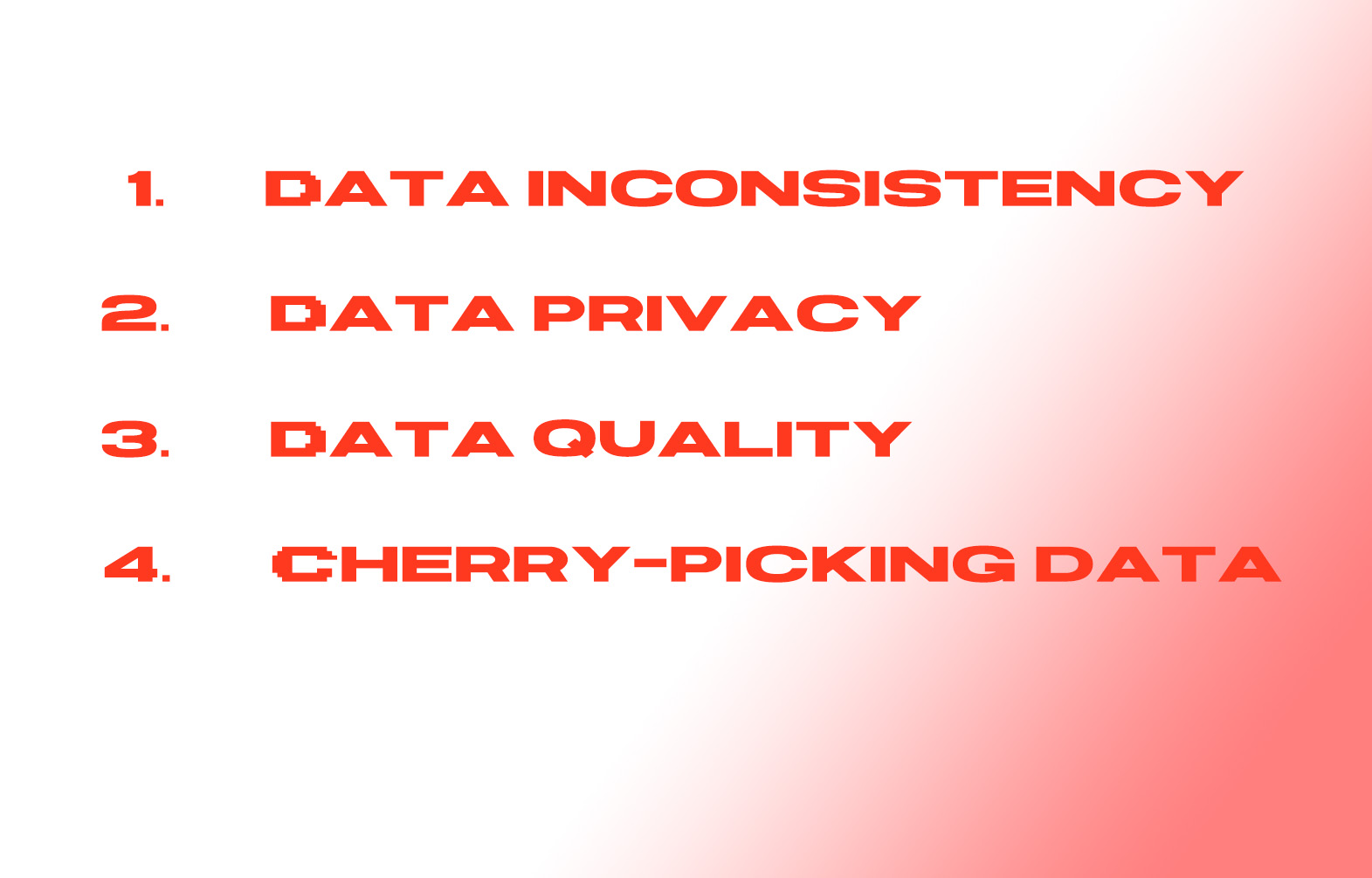
1. Data inconsistency
Working with unreliable and poor-quality services can result in inaccurate or misleading information. This negatively impacts website optimization and promotion since specialists work on things that do not exist. Working with analytics services tested in practice and operating to provide the most accurate data is essential. After all, future strategies for website development are based on this data.
2. Data privacy
Keeping analytical data obtained from performance indicators and metrics private when working on a business project is crucial. The essence is that data security should be a top priority for professionals engaged in promotion and optimization. This helps them employ strategies, tools, and practices that are superior to those used by competitors. Complete data confidentiality helps to outpace competitors more quickly and become a market leader.
3. Data quality
The quality of the data obtained during audits is crucial. The higher the quality, the better for specialists engaged in brand promotion and website optimization. With the help of obtained metrics, it is possible to quickly bring the business website to the top of the market and showcase its positive aspects, attract traffic, and increase conversion.
4. Cherry-picking data
This refers to the fallibility of incomplete informational data, which hinders making the right moves to contribute to the prosperity and growth of the business online. If specialists receive conflicting information, it can impede normal development online. Therefore, using only those analytics services that provide the most accurate, truthful, and reliable data is important. For example, Google services.
FAQ
Why is ecommerce analytics essential for business growth?
These analytics also enable you to learn more about how your company operates today and in the future. The predictive analytics will guide anything from recruitment and sales targets to ensuring that the correct products are available at a suitable time to meet your client’s demands. Ecommerce data analytics allows you to provide personalized experiences for every client through interactive content, suggested products, discounts and deals, and more.
How can ecommerce analytics help increase online sales and customer engagement?
With these analytical data, you will get an in-depth overview of what drives the price for each customer segment. You can use data to identify the best price ranges at the product level instead of the category level, allowing you to maximize income. Businesses may utilize ecommerce customer data to discover particular clients’ likes and dislikes, which they can then use to design customized advertising initiatives to increase consumer engagement.
What are the core metrics to track in ecommerce analytics?
The most critical metrics in such analytics embrace conversion rates, average order value, customer acquisition cost, cart abandonment rate, and data sources. A number of the most essential KPIs for online stores are the conversion rate, or the percentage of visits that turn into actual purchasers, and the average order value (AOV), which displays the value of an average purchase in the store.
Which analytics tools are most valuable for ecommerce businesses?
GA4 makes integrating with Google Merchant Center easy for Google Shopping-powered ecommerce stores. By utilizing GA4’s real-time statistics, you can optimize your product feed and improve the performance of your online purchasing campaigns. Employ a GA4 plugin that works with Shopify; however, while Google Analytics is the most popular online analytics tool, other options exist, such as Matomo, Adobe Analytics, Clicky, and Mixpanel.
What are the main benefits of leveraging ecommerce analytics for my business?
Data analytics enables businesses to make more informed decisions, increase efficiency, tailor consumer experiences, and reduce risk. Your ecommerce data analytics may help with common company difficulties, such as lowering inaccurate revenue models and estimates. It also aids in analyzing data, identifying patterns, utilizing customer data, and optimizing pricing.
How do I determine which analytics are most important for my ecommerce goals?
Your advertising goal is a long-term vision of where your ecommerce business will start and go. It relies on understanding market conditions, trends, consumer research, company principles, and products. The ecommerce goal map tree breaks down your goal into multiple KPIs, making it more straightforward to determine what you want to enhance and how much. What’s happening here is that we have a goal at the highest point of the tree, which then splits out into measurements that can help us accomplish that goal.


